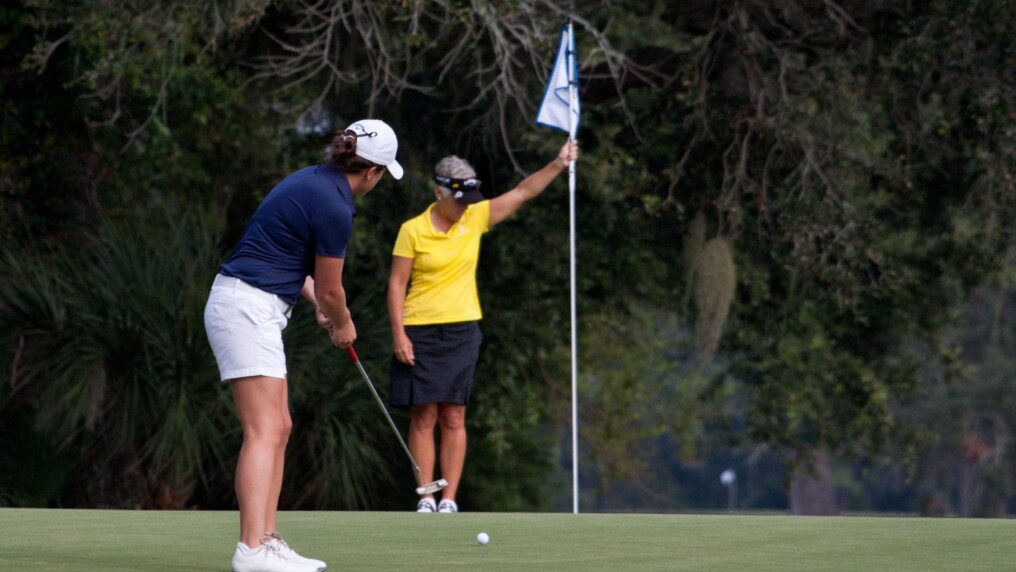
Golf is a skill game and requires you to perfect your swing to be a pro at the game. The overall motion of a good golf swing consists of two moves: push and pull where you push the club back, and you pull it through. However, most amateur golfers fail terribly at the two moves as it requires intense practice to perfect this fundamental motion. Below is a step-by-step guide of the two-move golf swing.
1. Pushing Back:
The first motion you should do when golfing is the pushing back movement by the left hand. The push back enables you to find your balance and creates a straight start to the swing. Pushing back creates a wide extension by positioning the left shoulder on the upper body, which has already coiled against a stable lower body ready for a massive hit. One thing you should try to achieve while pushing back is to ensure your hands remain steady for a smooth and accurate swing. Good equipment like a new golf shaft and a great grip can greatly influence your technique, so make sure you don’t overlook that aspect.
Common faults when perfecting the pushing back action is dragging the golf club into a backward position by employing the right hand. Right-handed golfers usually do this flaw. Pulling the club back with the right hand significantly decreases body revolutions, which in turn, limits the energy of the swing ultimately resulting in poor swings. You can, however, avoid this fault by practicing the push-back move where you make some chipping swings without the right hand on the club.
2. Downswing:
The next move after the pushback is the downswing where you shift your weight to your right side by recoiling your upper body to be at perpendicular with your lower body while your hands are straightened. The first move during the downswing is the heaving motion, which is commenced by the left leg. Then, taking it from the topmost section, the left knee moves towards the target. As it moves, it begins to pull the sections of the lower body into a forward revolution. The downswing is a dragging action with the energy being directed to the gold clubface for the impact. Therefore, we should use just the right amount of power depending on the distance to the hole.
A Common fault usually done by right-hand-dominant golfers during the downswing is pushing the golf club downwards, right from the topmost section, thereby causing the club to roll outwards from the golfer. The overall effect is that the golf swing ultimately does not have power, and produces many jerks and twitches, which in turn affects the quality of play. You can avoid this fault by practicing to sense the tug. Find a wall and situate your left feet against it, without holding a club. Then, imitate your backswing while swinging down slowly. While doing the drill, ensure that your left foot mildly touches the barricade as you commence the downside swing motion and that the rear of your left-hand surfaces the wall as it approaches downwards and comes before you.
Tips for Learning the Two Golf Moves:
- Always, ensure you get into a good address position making sure you have a solid grip on the club.
- Focus on the direction and shop shape you want before pushing back.
- During the downswing, your left arm should be your lead arm while your right arm should offer support and direction. Your arms should both synchronize with your hips and belly button when pushing the club away.
The Bottom Line:
Playing golf involves two fundamental moves: pushing back and the downswing. When playing golf, it’s vital you learn these two basic golf swings move to enhance your accuracy, ball striking consistency and to increase your striking distance. Additionally, before pushing back, think about the direction of the shot, positions, rotating, hinging, and pivoting. Performing a simple golf swing should not be complicated or confusing as you can easily learn and perfect the two moves through constant practice. So, the next time you wear your awesome golf shirt and put on your golfing boots, try to perfect the two golf moves to be a pro at the game.
Read Also:




























